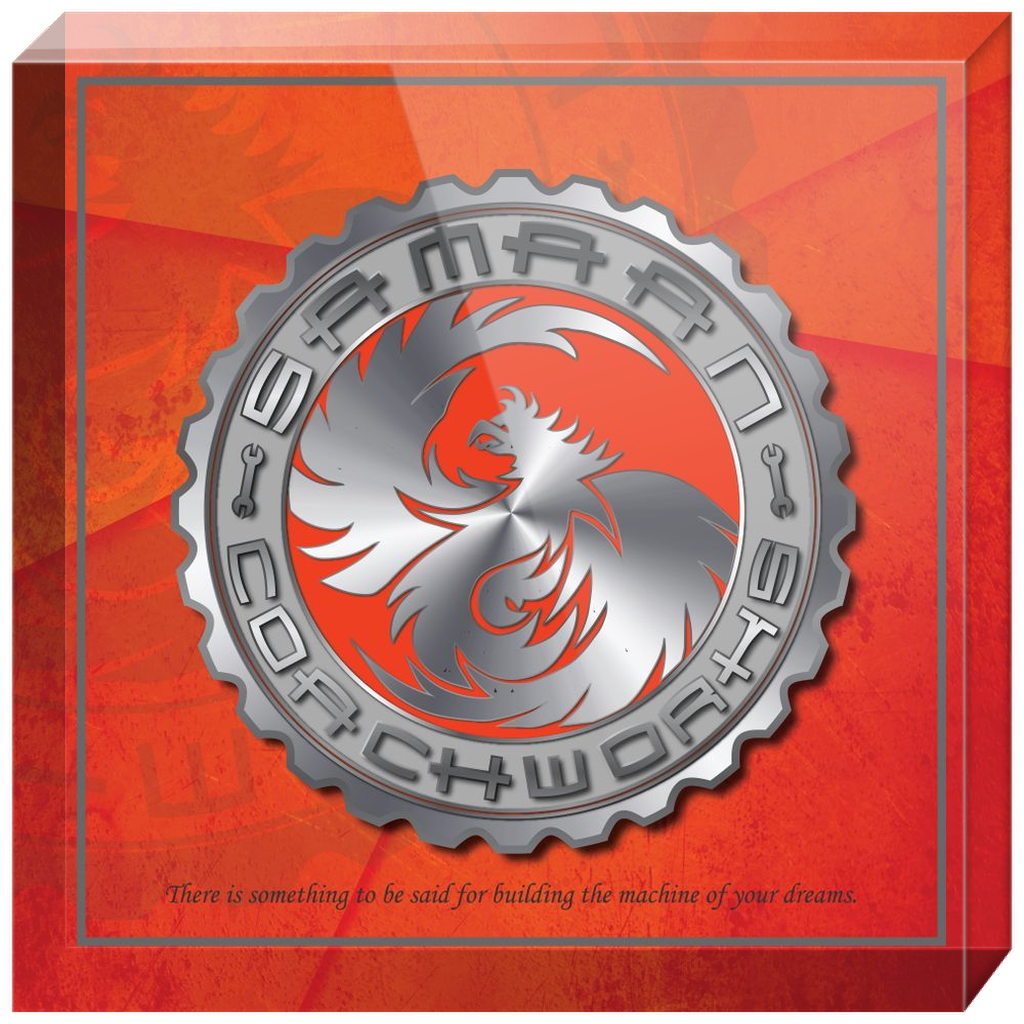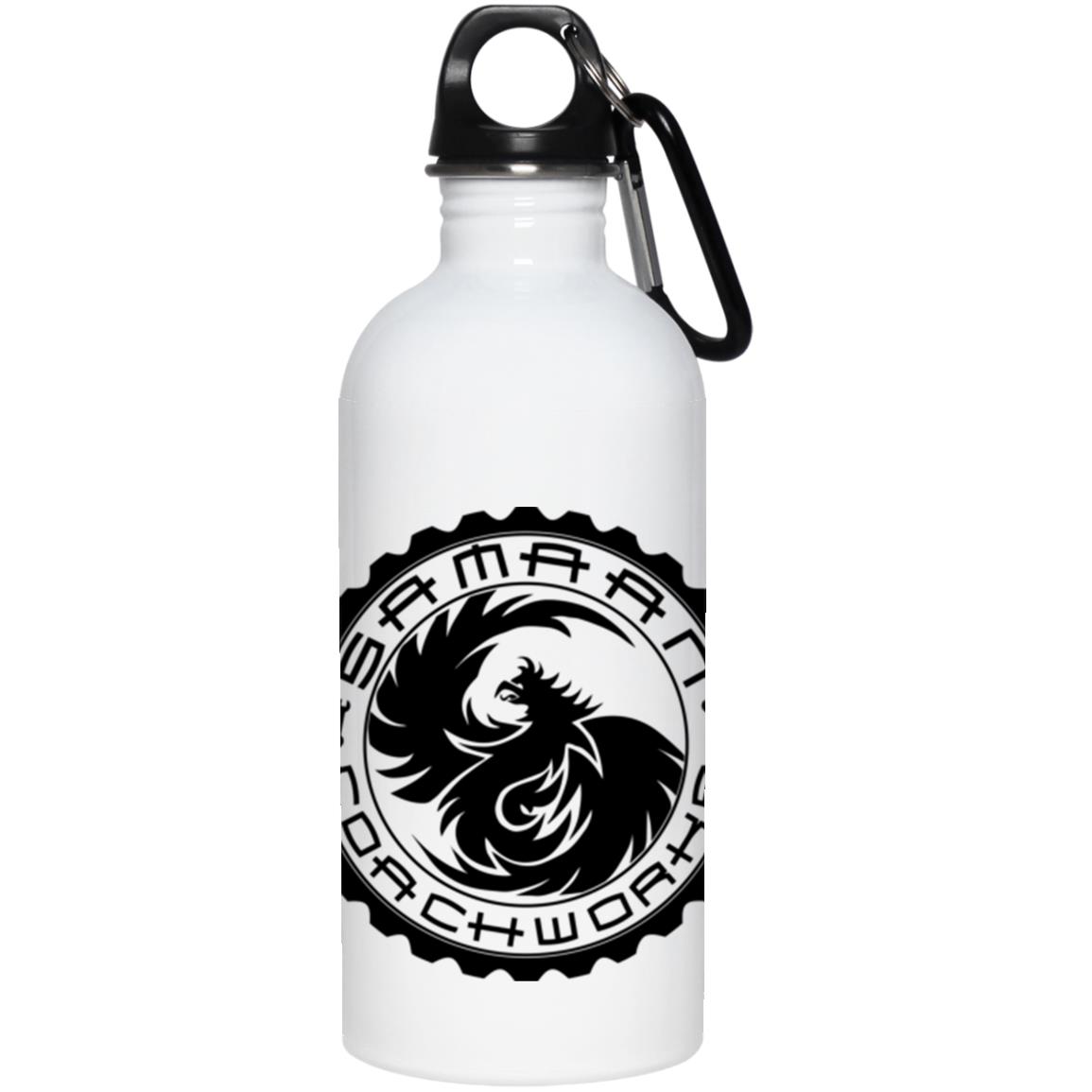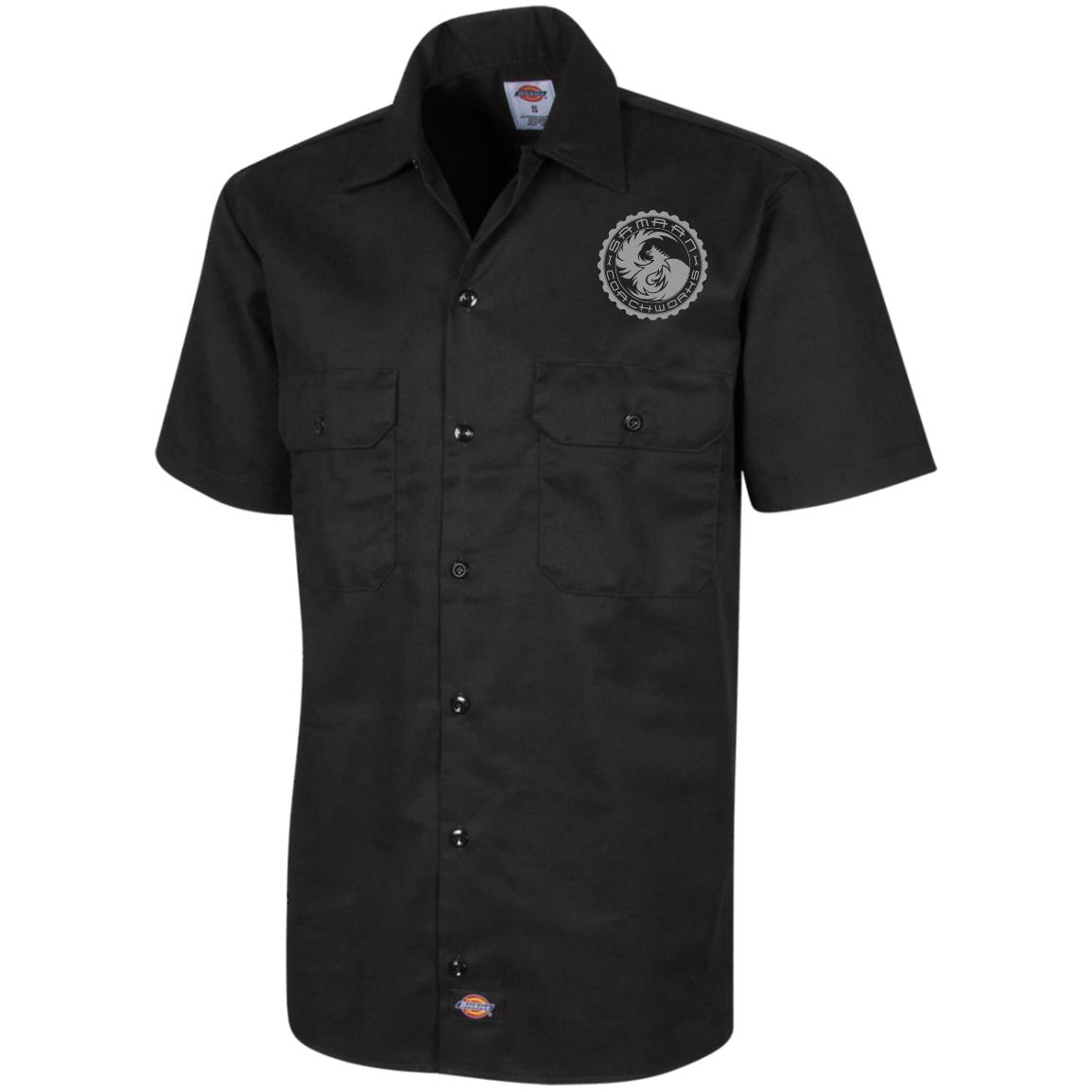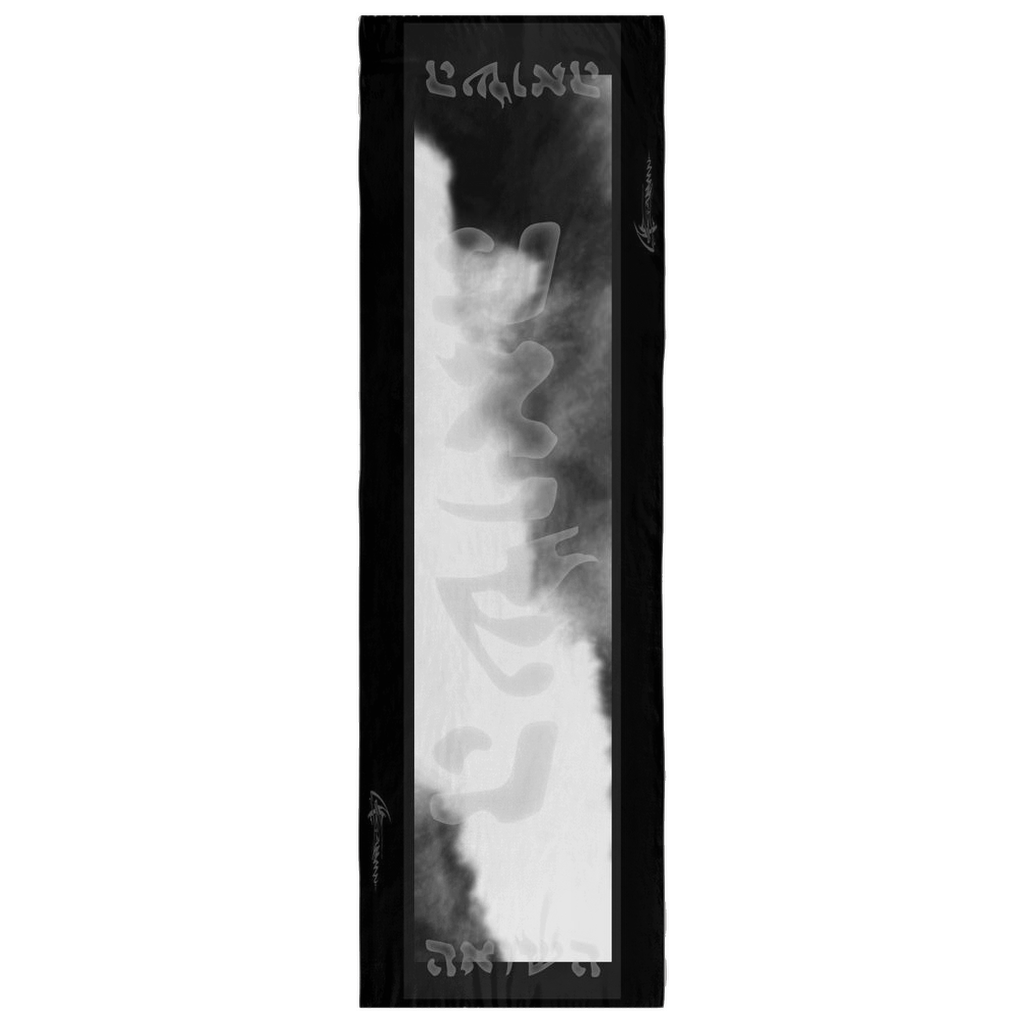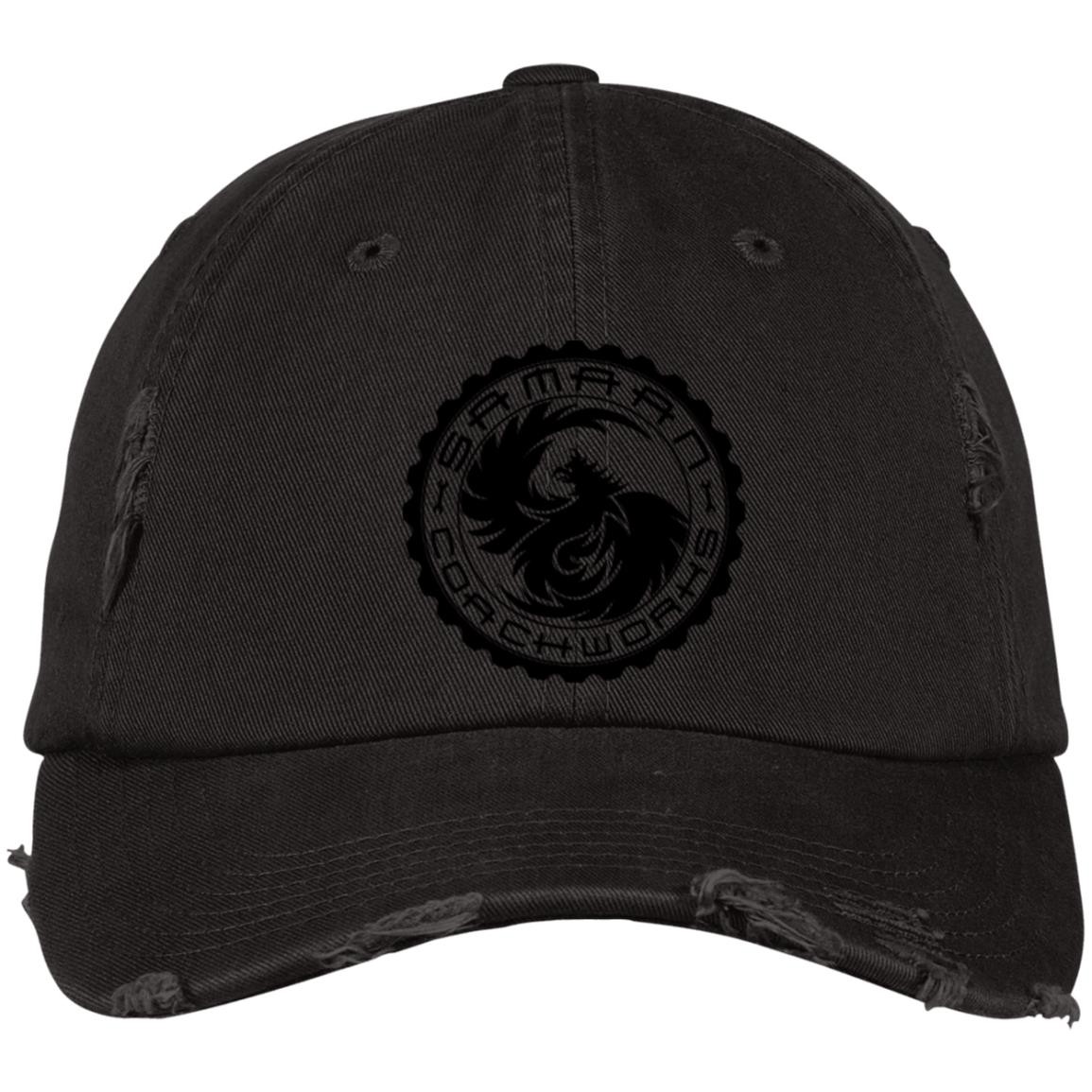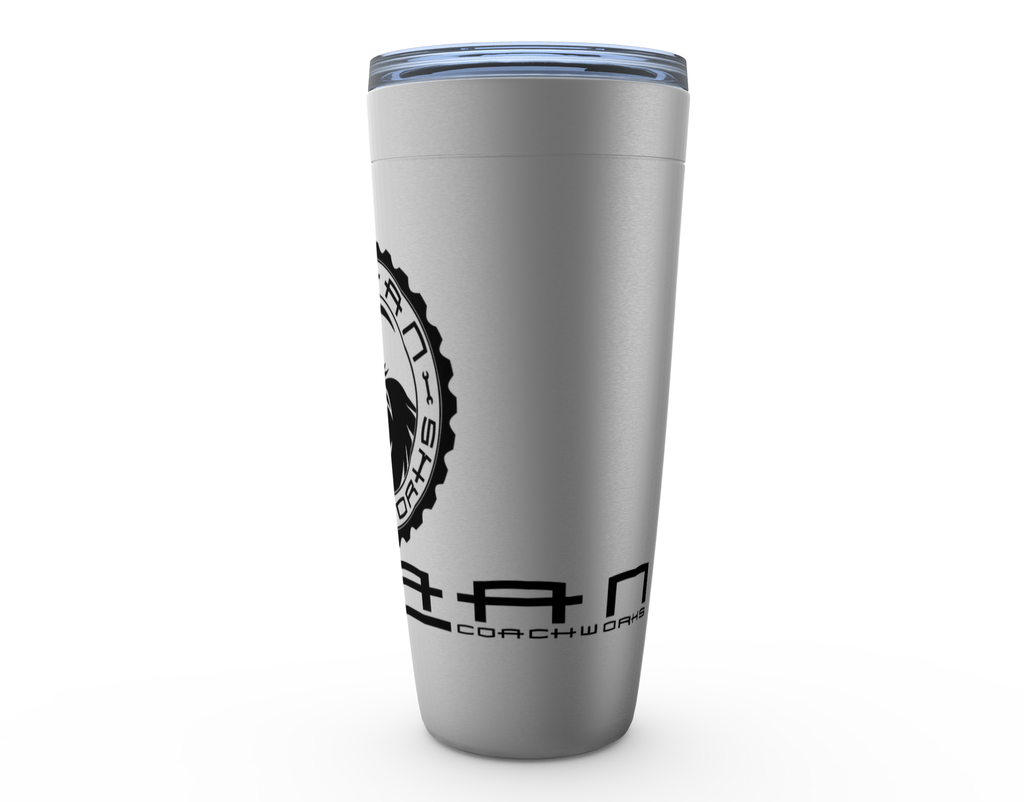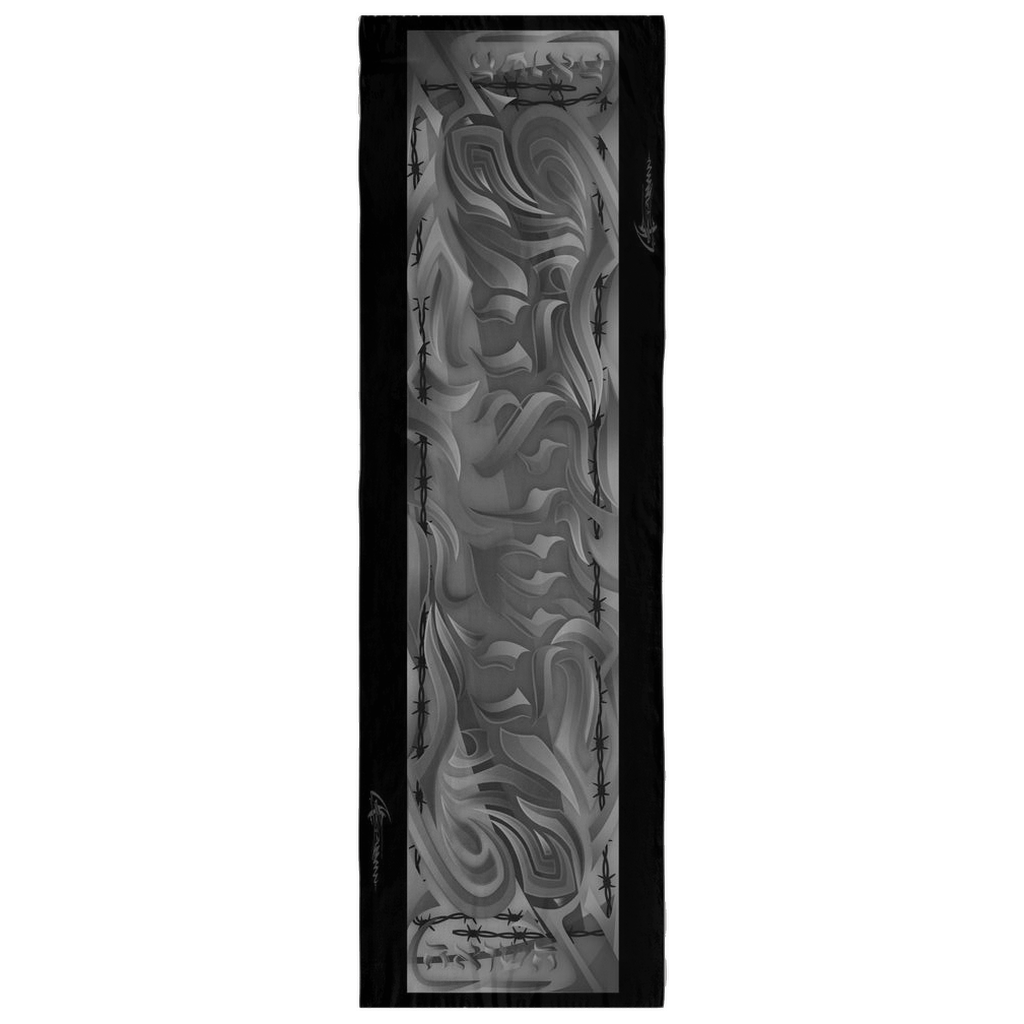

Performance
Samaan Coachworks: Custom M20 Pistons
BMW upgraded the M20 inline six cylinder engine incrementally, and always designed on the foundations of the original components. Even as the engine became more powerful, the critical measurements of the internal components remained the same. This means that the cylinder head for a 1990s M20 still fit the engine block of a 1978 M20, and that you could mix and match components from a span of over two decades to arrive at a racing-spec engine.

BMW also seems to have used the M20 inline six as the model for the M50 and M52 engines, as the crankshafts from those 21st Century engines fit perfectly into an M20 engine block, and use the same exact diameter bearings and connecting rods. Beyond that, BMW kept the same basic dimensions for the pistons. All of this results in a wide array of engine components spanning from 1977 to 2000 that can be mixed and matched to create a 3.2L M20, and place it comfortably inside the engine bay of an E30 or E21 without it ever looking different than stock. a significant upgrade from the 2.3L that the M20 started as.
That said, this also opens up the possibility of reverse engineering performance parts, and coming up with hybrids, such as pistons that take from the configuration of a vast array of M20 and M5x pistons offered over 30 years of these engines. The best way to go about this is to start cutting old pistons apart, and becoming familiar with the geometries and small nuances of their designs. This is what I have done, and they have served as the basis for Samaan Coachworks own piston design.



SAMAAN COACHWORKS – BMW M20 – Custom IDF Manifold
The BMW M20 inline six cylinder engine remains popular among enthusiasts despite the fact that it has now been around for nearly half a century. One of the reasons is that BMW seemed to design and upgrade the engine incrementally, and always designed on the foundations of the original components. Even as the engine became more powerful, the critical measurements of the internal components remained the same. This means that the cylinder head for a 1990s M20 still fit the engine block of a 1978 M20, and that you could mix and match components from a span of over two decades to arrive at a racing-spec engine.

All of this is largely due to the fact that a car company like BMW has to contend with product costs, fuel economy, drive comfort, and environmental compliance when designing and selling their cars. Performance is not always the priority. Sometimes BMW tuned their engines for power at low speeds for fuel economy, and sometimes they configured them for highway speeds and drive comfort. However, because all the components pretty much fit the wide array of M20 variations, this meant that an enthusiast could mix and match components to arrive at a racing-spec engine that pulled together a non-compromise engine build.
This is why still in the year 2020 there are many custom shops still tuning and selling performance upgrades for the BMW M20 engines. However, after the decades, some desirable upgrades and performance companies have closed. In this specific case, there was once a racing company that produced a small handful of intakes that enabled the BMW M20 to become a triple-carburated racing monster. The result was an engine that felt angry, powerful, and sounded beautiful. This is where CAD-CAM comes in handy. I was able to get a hold of one of those rare few manifold left in order to reverse engineer it. With CAD-CAM I can not just redesign the original, but improve on it. The video above shows a preliminary 3D CAD design of my IDF manifold.
The CAD-CAM 3D Printing revolution has already been put to use by all car designers and racing teams around the world for projects similar to this. The 3D printers of today can produce parts that can withstand the heat of an engine, and the chemicals inside an engine bay. Pictured here are the manifold pieces printed from a material that can withstand automotive chemicals and temperatures up to 400F. I now have the option of using these high-heat prototypes directly on a functioning engine, or to use them as molds for cast aluminum duplicates.


Crankshaft Ring: M20 Stroker Builds
As mentioned throughout this webpage, it is possible to mix and match parts from the M20 and the various M5x engine models by BMW in order to make what is called a “stroker engine.” One of the most effective ways to get more horsepower and torque out of a BMW M20 is to swap out the relatively tame 2.5L crank and pistons for a 2.7L from an ETA M20, or if you want to go the full distance, the 2.8L, 3.0L, or 3.2L crankshaft from a M50 or M52 engine.

Part of this M20 Stroker approach entails finding new connecting rods and pistons to match up with the new crankshaft. There are several kits out there that provide you with everything you will need. Otherwise, the crankshaft from an E36, an X5, an Z3, and various other perfectly matches the carriers of the M20 engine block from an E21 or E30.
The only place these more powerful crankshafts don’t perfectly fit is in the front oil seal where the timing belt pulleys go. There is a discrepancy in the width of the diameter of the crankshaft nose. The M5x crankshaft noses do not have the girth to fill the hole of the M20 oil seal. This discrepancy is relatively easy to solve if you have some basic machine shop tools, or access to a machine shop willing to do small jobs. A metal ring/collar can be machines so it perfectly fits the recommended tolerances which can be pressed onto the nose of these crankshafts. Once pressed on, and with the correct combination of connecting rods and piston rings, and HELLO HORSEPOWER!!
Will these engines be flying with those ridiculously high horsepower muscle car engines? No. But that’s not the idea behind a BMW. Keep in mind that a BMW E30 or E21 only weigh about 2400 Lbs, while a comparable muscle car weighs closer to 5000 lbs. That’s a huge weight difference for the horses to lug around. Raising the displacement from 2.5L to 3.2L in a 2400Lb car is a significant performance upgrade.



